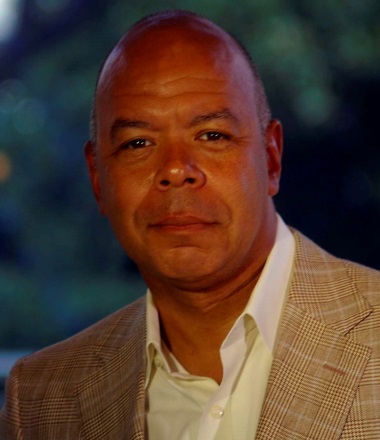
Let’s face it, most of us aren’t big fans of change; we’re almost hard-wired to resist it. Change is difficult and threatening, and yet we can’t avoid it. Especially in business today, where transformative change is more than a buzz word, it’s a survival skill.
Our company has undergone some seismic shifts during my tenure. I keep my sanity by thinking about the opportunities this kind of shift presents – and remaining focused on how we stay nimble enough to capture them.
While each challenge is unique, I submit that there are three key actions in any transformative leadership:
- Determine strategic imperatives and the operational drivers that can get you to your goal.
- Be clear about where old mindsets undermine efforts and prevent you from moving in new directions.
- Be certain everyone at all levels is vigilant about keeping to the strategy and focusing on the operational drivers.
I firmly believe that reframing changes in the form of opportunities creates an energy that helps create success. Leadership that challenges that “muscle memory”— doing what we’ve always done – is at the heart of it, but you have demonstrate reliability to get people to follow. They need to believe that the things they know and trust aren’t about to completely fall apart while you’re focused on metamorphosis.
Knowing that we are all walking that transformative path together gives me the evidence to be optimistic. Here’s what I deem critical checkpoints throughout the course of any dynamic shift:
Focus on the Right Things
Customers want different things today than they did 75 years ago, and they will want different things in the future. Being in tune with the changing needs and expectations of those we serve is vital to corporate success, and it requires the discipline to stop and listen, and adapt.
Make the Change Sustainable
Initiating change is one thing, but sustaining it is another. In fact according to McKinsey, only 30 percent of all change initiatives are successful. So what does one do? Have a vision. Make it relevant. Keep it simple. Execute well.
Communicate Early and Often
Culture is undoubtedly the biggest make-or-break factor in the mix. You have to be ready for the resistance – the people who’d rather have you wake them when it’s over. The challenge is to help them focus on the opportunities the change offers versus what they think they may lose in the process. It’s not quick and it’s not easy, but it’s possible. Make the case for change with a vision that grabs people.
Remember: People Are Your Driving Force
Talent is the critical element to carrying out the strategy and structure you’ve so carefully carved out. Take a hard, honest look at your resources and determine who can make the journey, then get the right people in the right roles. And go back to that focus piece – determine the thinking and skill sets people are going to need, and make plans to coach and teach those skills continuously.
Managing change is difficult, but change isn’t going away. All of us have to keep pace with it. So, wherever you work, whatever your role, accept the challenge to wrestle muscle memory to the ground and become a change master who creates the next great leaps for your organization.
Subscribe to this blog and receive email updates when we publish a new article.
This article was republished on LinkedIn Pulse.




Kevin, very well said. Thx Leo
[…] L’article de Kevin Warren a été initalement publié sur le blog SimplifyWork. […]